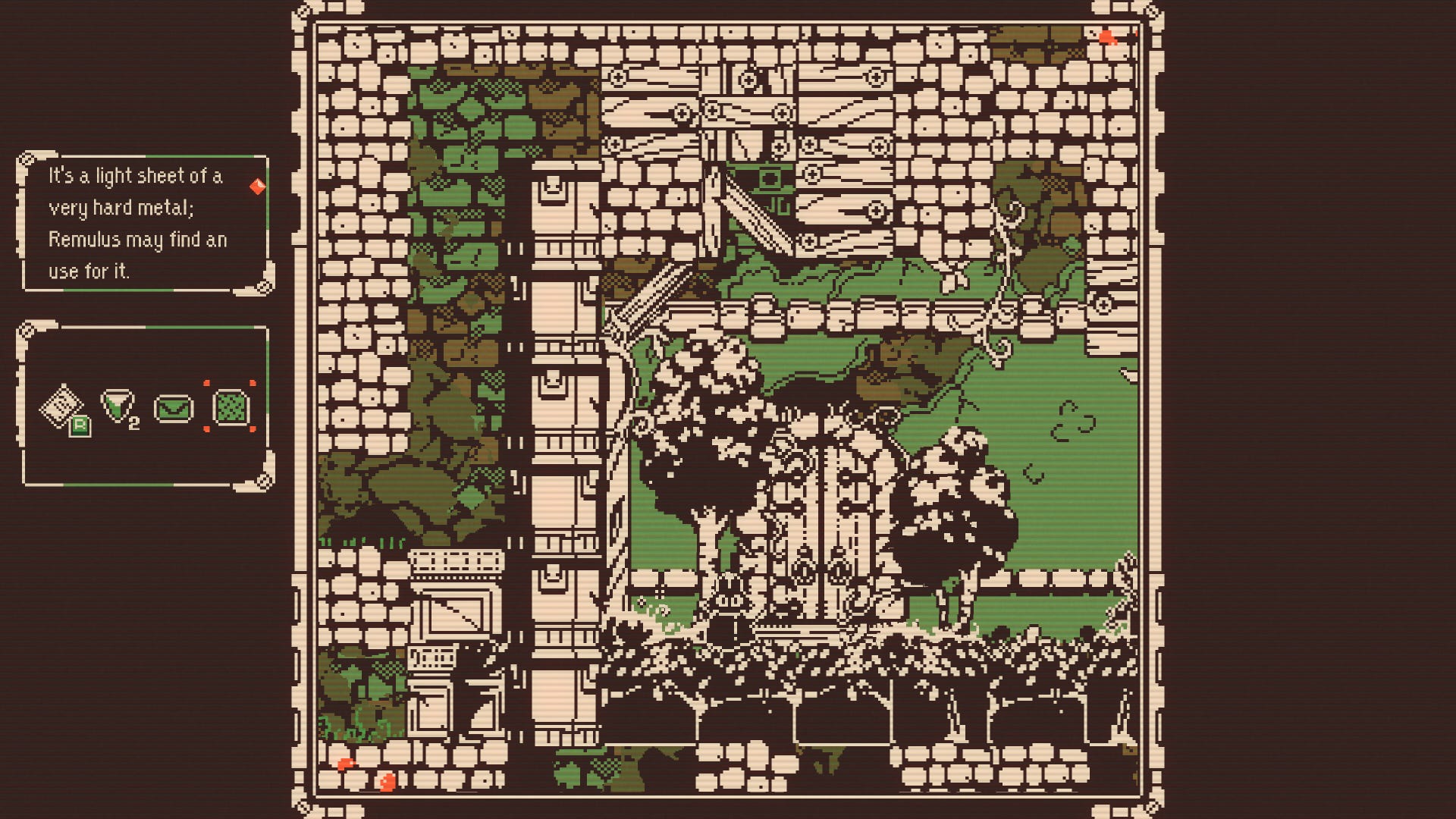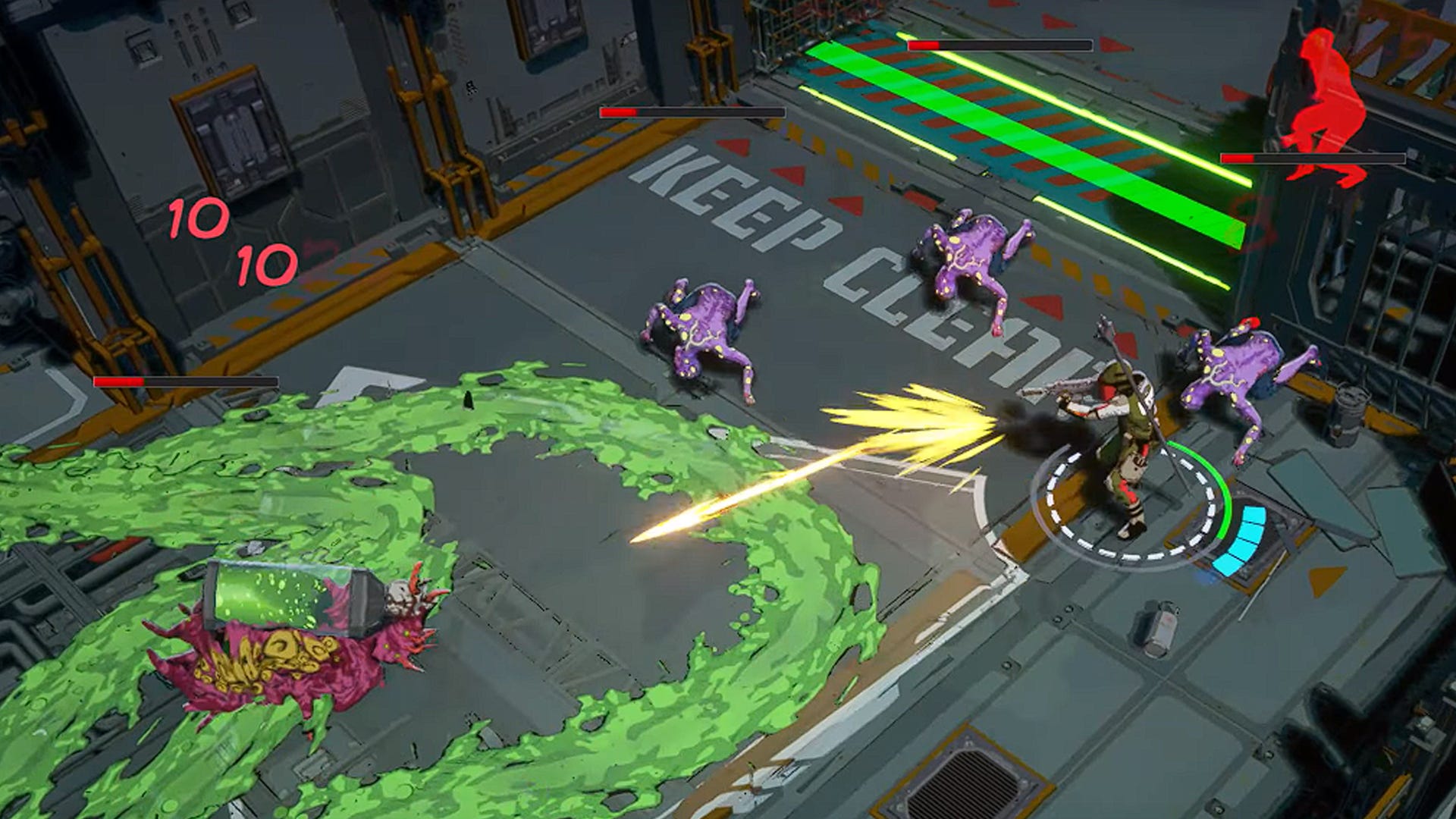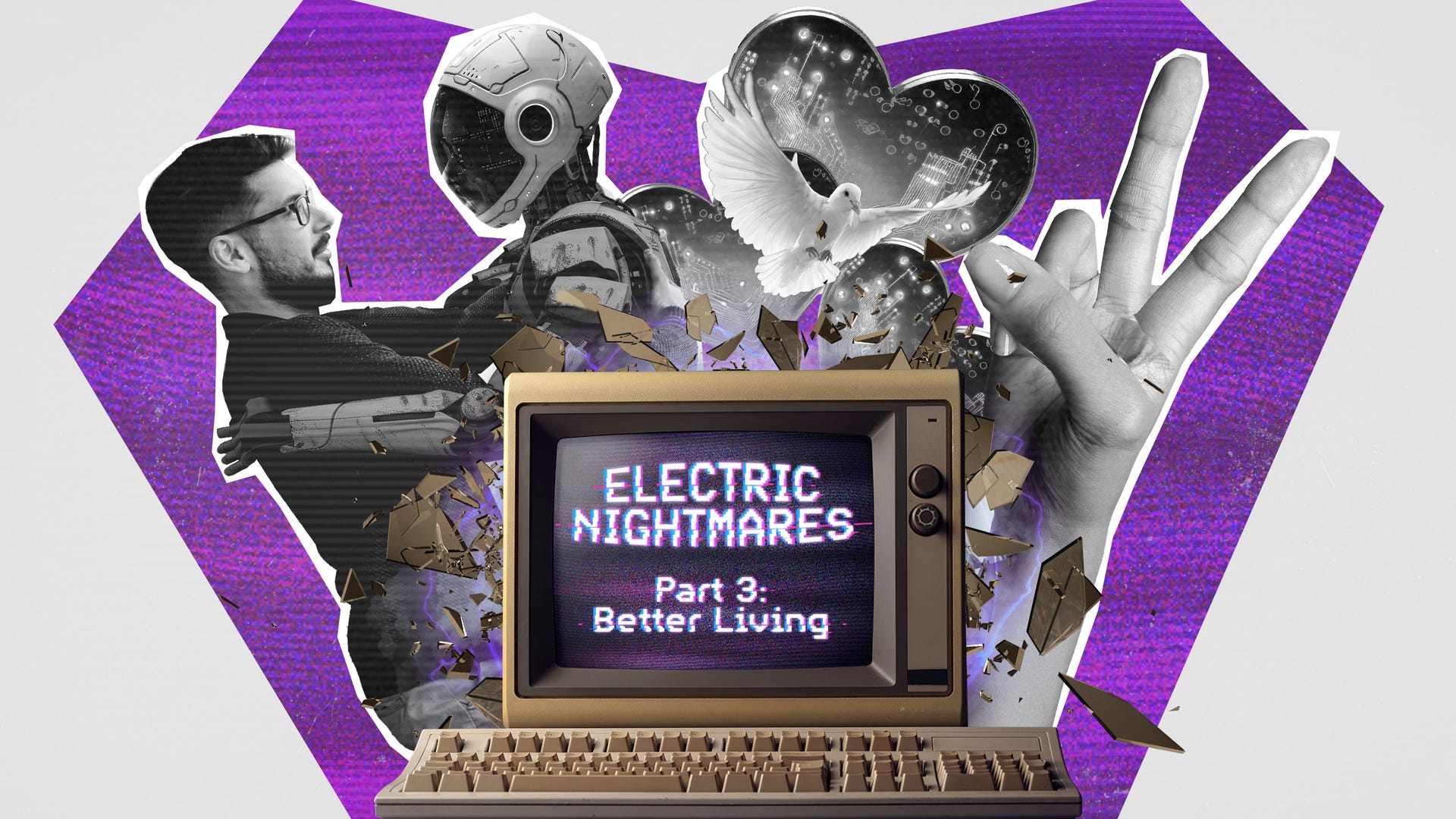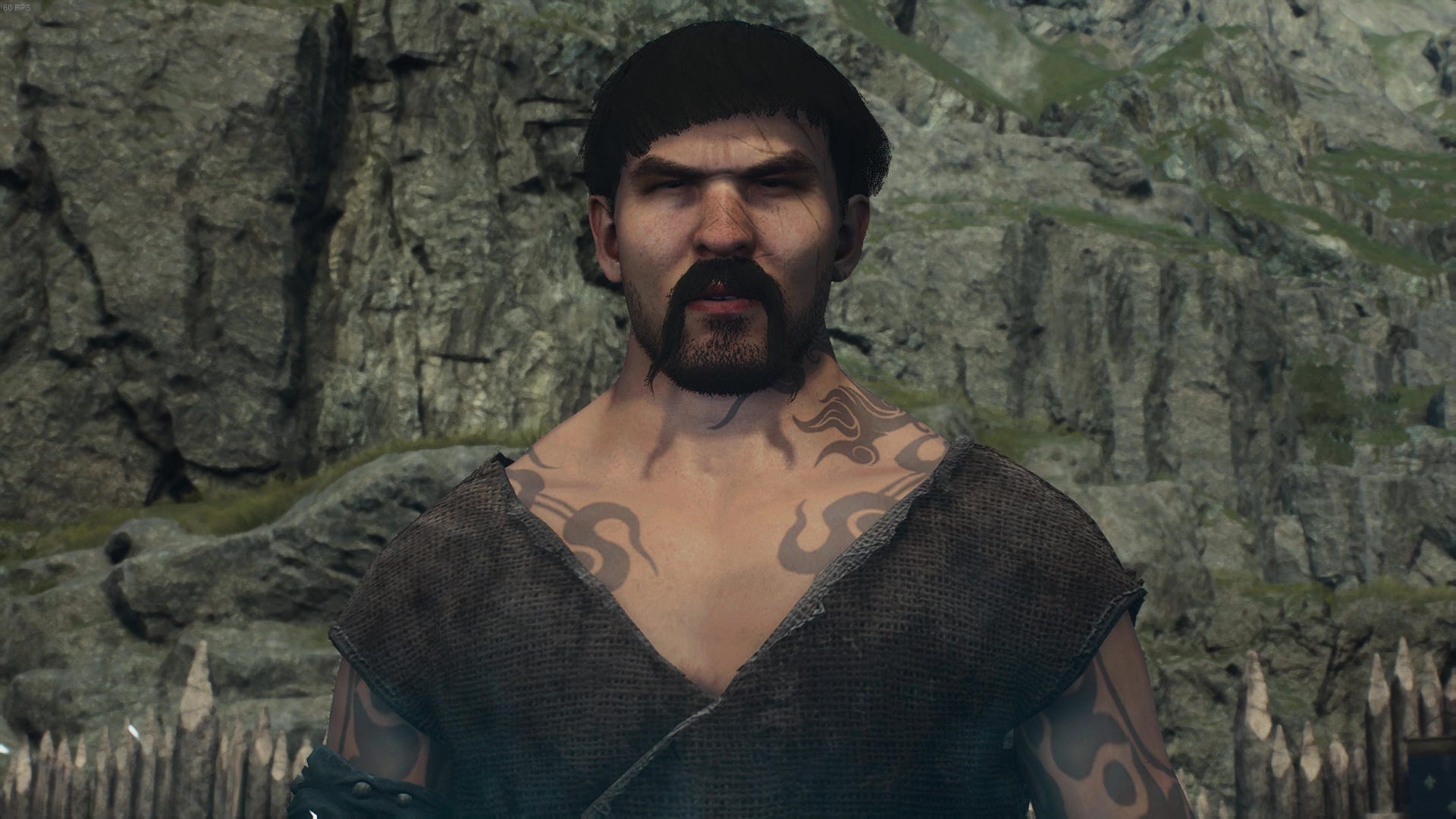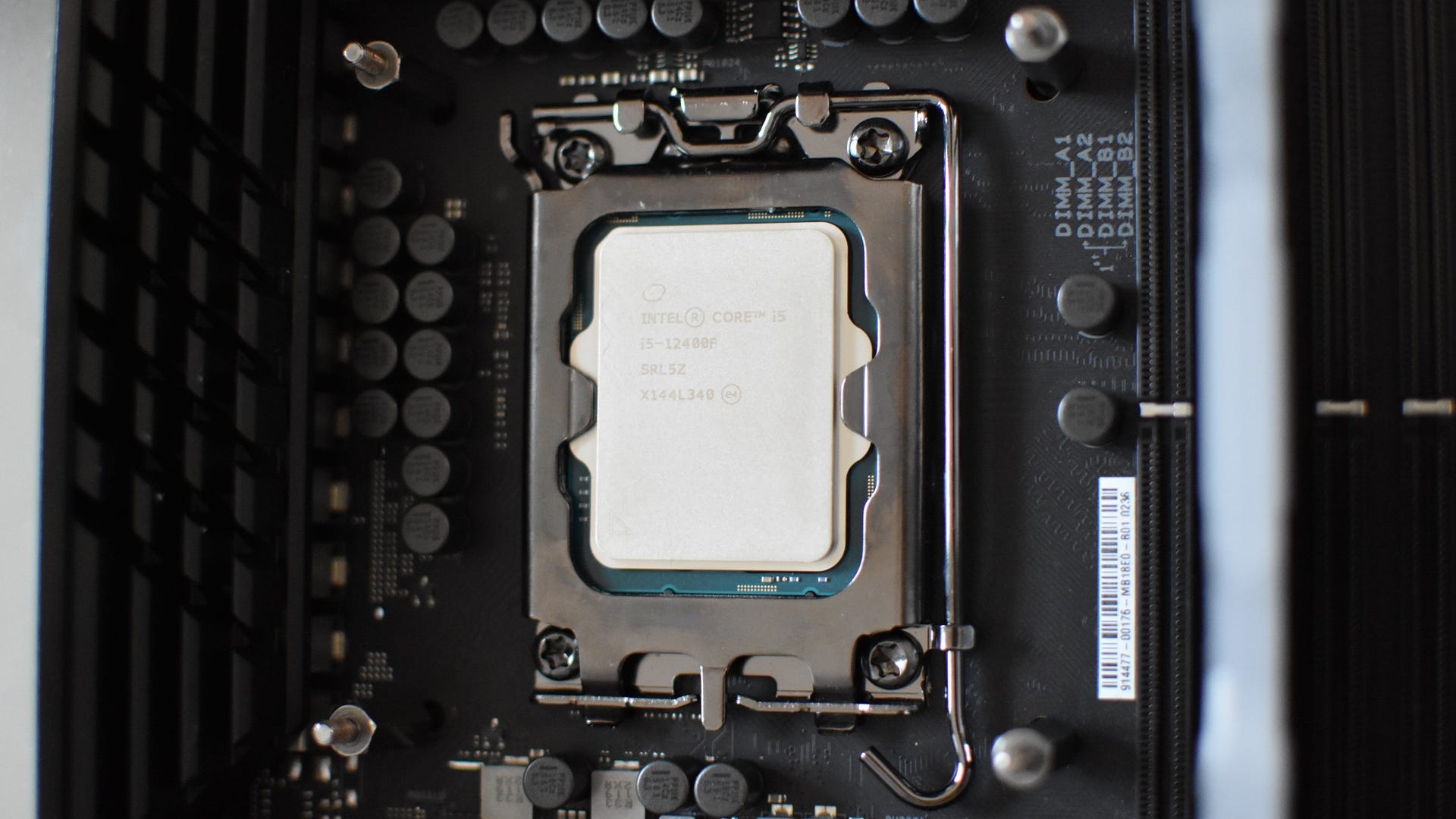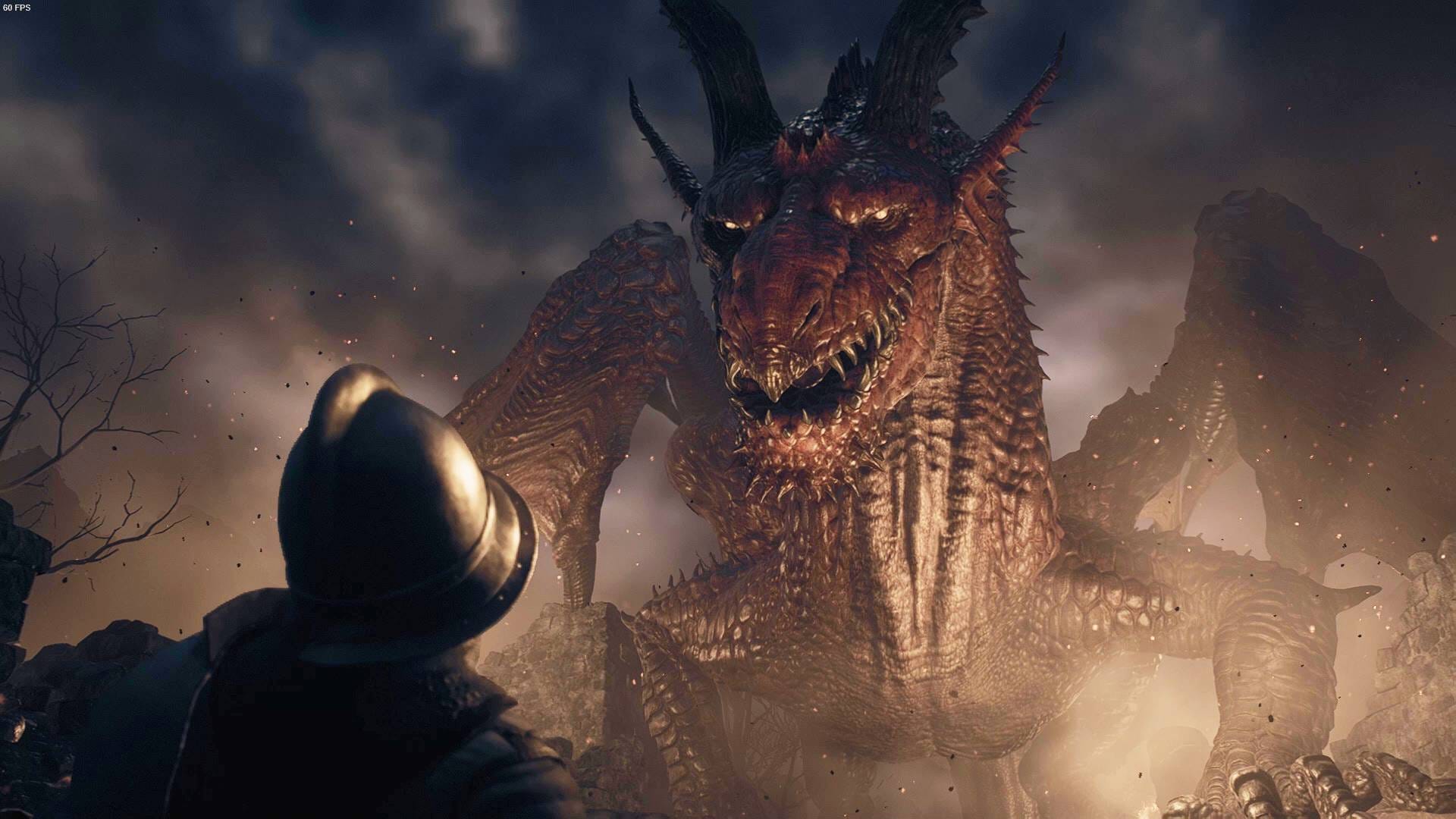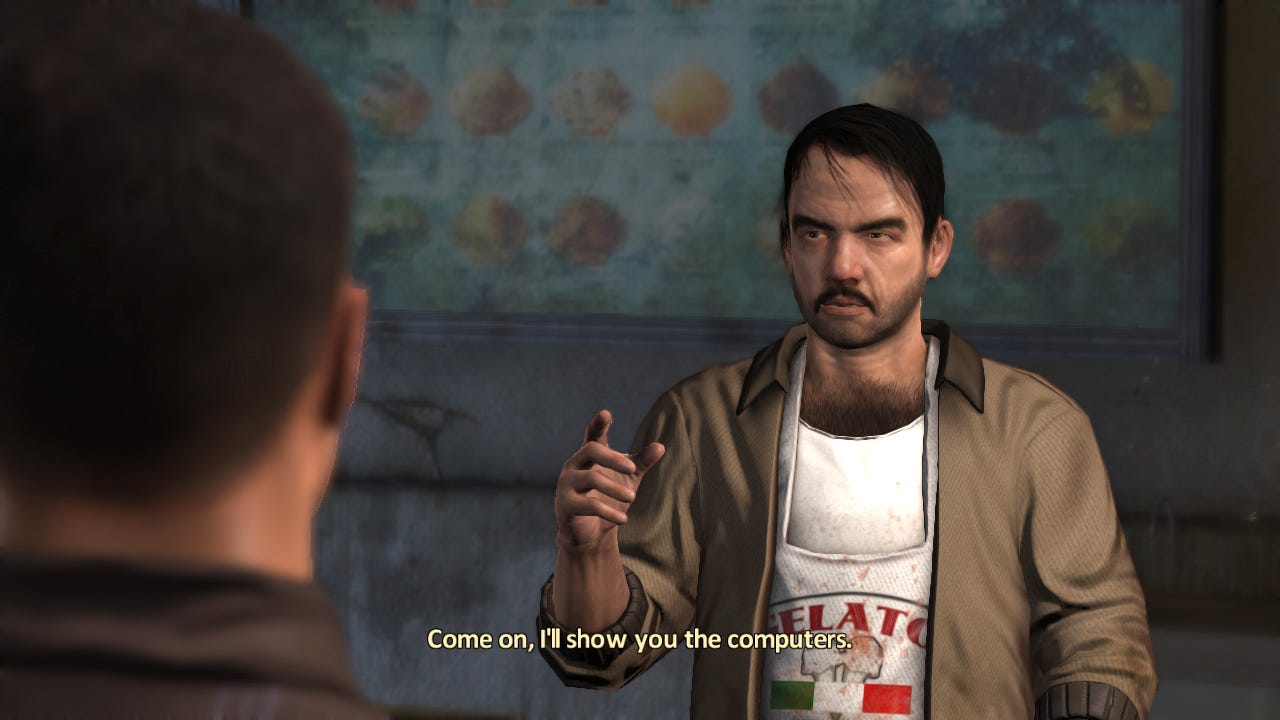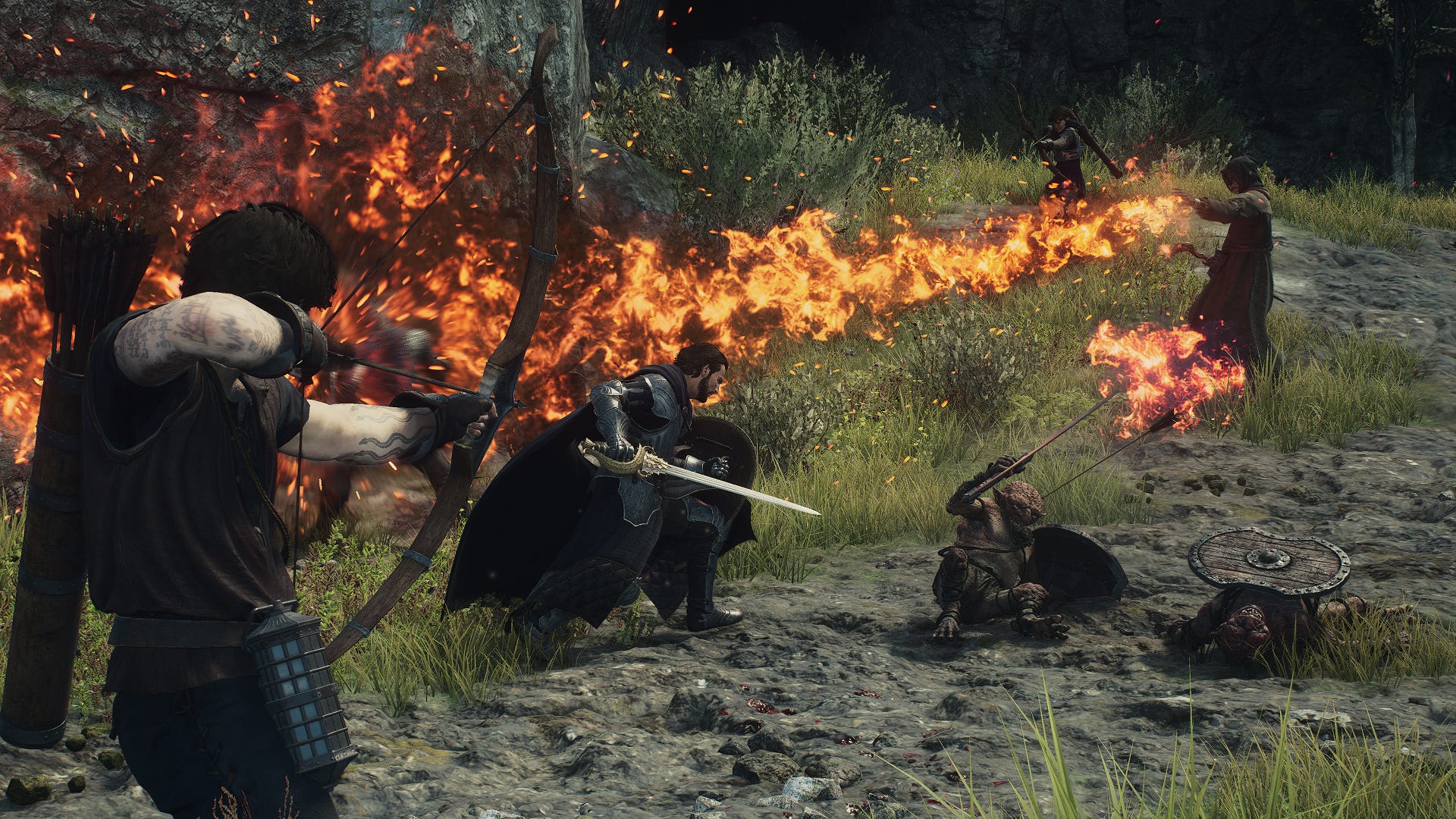
Dragon's Dogma 2 is an RPG of many admirable qualities. I’m especially attached to my Arisen’s current pair of Pawns, one of whom speaks with the wonderfully stretched intonations of a pitch-shifted Matt Berry. Sadly, none of its achievements pertain to technical> fidelity. While decent-looking, Dragon’s Dogma 2 takes some serious hardware to maintain consistently smooth performance, with lowered quality settings lending only the most limp-wristed of helping hands.
DLSS and FSR 3 upscaling are more effective, but this is one game where powering through the worst of its stuttering and framerate drops will take more than a musclebound graphics card. Not for the first time with an RE Engine game, Dragon’s Dogma 2 appears severely CPU-limited, so it really does demand a fully-upgraded rig to ward off sluggishness – especially at higher resolutions.
Improving performance isn’t a completely hopeless endeavour, but besides the FPS wobbles, there are some settings oddities that need navigating as well. I’ll cover all that and more in this guide; even if we can’t fix Dragon’s Dogma 2 ourselves, at least we can better understand its strangeness.
Read more





